8 Ideal Radicchio Substitutes
When you buy through our links, The Breslin may earn an affiliate commission. Learn more
Finding radicchio substitutes may not be an easy task, as this vibrant chicory is quite costly. Radicchio is always an ideal candidate to substitute other components. However, the opposite is quite challenging, as the material renders a unique bitter flavor to all your recipes.
I understand your desire to find an optimal replacement for radicchio to enjoy coleslaw and other dishes in the exact same way. That is why I am publishing this article, not only to help you know more about this unusual plant but also to include a compilation of radicchio alternatives herein.
So, let’s grab a piece of paper and a pen to start taking notes of these heart-healthy alternatives!
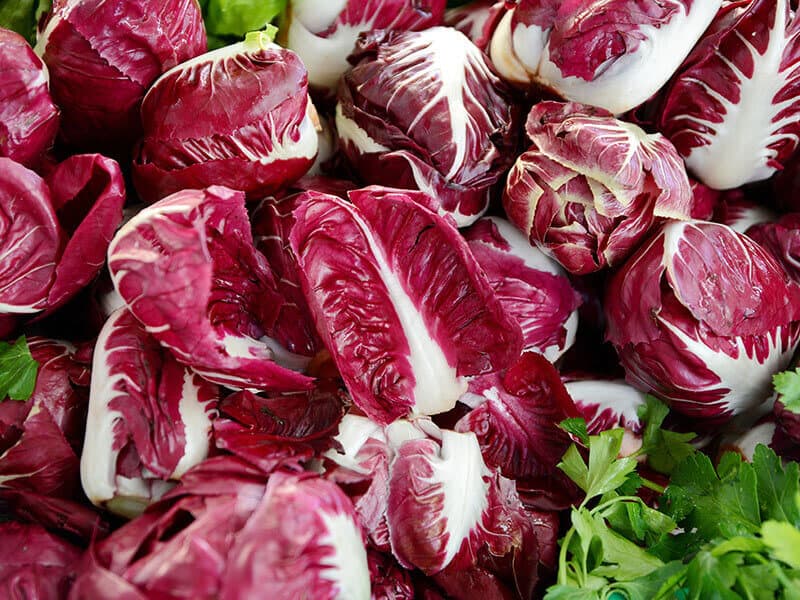
Brief Introduction To Radicchio
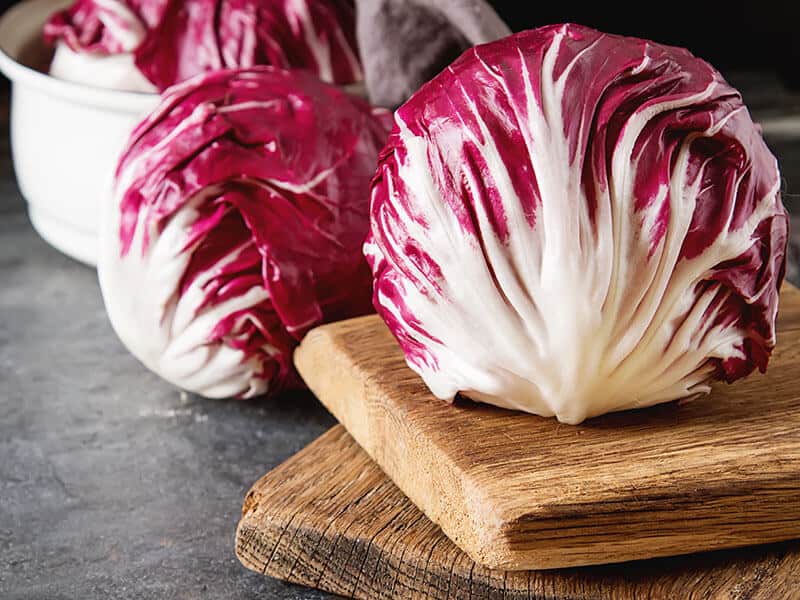
Pronounced as rah-dee-key-oh, this kind of chicory has white veins and deep reddish-purple leaves that grow in a round or elongated head. If you happen to see radicchio for the first time, you might mistake it as a vibrant cabbage or lettuce head.
However, this is far from the truth. Radicchio is the chicory family’s most vibrant member, offering a refreshing bitterness and a hint of pleasant crunch. Its unique taste, and texture make it totally different from your mistaken impression!
Radicchio is very popular across Italy and is rapidly gaining popularity in the United States as well. You will find this expensive ingredient in various Italian dishes, like risotto and salads. You can enjoy it raw or lightly salted and drizzled with olive oil if desired.
To fully preserve all health benefits of olive oil when drizzled over your salad with radicchio, make sure to use an olive oil dispenser.
Radicchio’s vivid red color enhances the dish’s aesthetic appeal, while its taste adds a unique bitter flavor to intrigue your taste buds. However, if you want to mellow its aroma, roasting or grilling radicchio is a good practice.
Radicchio provides many health benefits, thanks to its rich content of vitamins and minerals. This low-sodium and cholesterol-free vegetable is a nutritious addition to your diet. It also aids in weight reduction, owing to its high inulin level – a kind of soluble fiber found in many plants (1) .
Besides, this vibrant chicory also promotes brain health, bone development and significantly prevents the occurrence of heart disease.
How Does Radicchio Taste?
When eaten fresh, you will notice a bitter, peppery taste with a pleasant crunch of radicchio. Thus, it is advisable to accompany fresh radicchio with sweet or acidic components (like orange juice or balsamic vinegar) to generate a salad that is more well-balanced in taste.
When cooked, this vegetable softens and develops a little sweet profile while maintaining some sharp bitterness.
Recommended Cooking Methods For Radicchio
Besides enjoying radicchio raw in a salad with something sweet or acidic, you can apply various cooking methods to this material. Cooking with radicchio is very gratifying since it is an incredibly delicious and meaty vegetable.
One cooking option is to massage your radicchio with olive oil and season it with pepper and salt before roasting the material. Another suggestion is to sauté it with caramelized onions and use it on turkey burgers to enhance the taste of your meals.
Regardless of how you prepare radicchio (or not cook at all), I guarantee you will have no regret, owing to its pleasant flavor and health advantages. It is a versatile spice that enhances the aroma of a broad range of meals.
Full Guide On The Ideal Replacement Ratio Between Radicchio And Its Alternatives
It is always effective to get the overall picture of how to substitute your star anise with other ingredients in the correct quantity. The table below will give you the all-in-one-place answer.
| Substitutes | Ratios (Radicchio/Substitutes) |
| Arugula | 1 cup of radicchio = 1 cup of arugula |
| Belgian Endive | 1 cup of radicchio = 1 cup of Belgian endive |
| Curly Endive | 1 cup of radicchio = 1 cup of curly endive |
| Escarole | 1 cup of radicchio = 1 cup of escarole |
| Mustard Greens | 1 cup of radicchio = 1 cup of mustard greens |
| Red Cabbage | 1 cup of radicchio = 1 cup of red cabbage |
| Red Leaf Lettuce | Depending on your taste |
| Watercress | 1 cup of radicchio = 1 cup of watercress |
| Dandelion Greens | 1 cup of radicchio = 1 cup of dandelion greens |
8+ Ways To Go About Swapping Radicchio
Now that you are familiar with radicchio, as well as its taste profile and utilization, let’s discuss the following 8+ alternatives. They are the finest option out there, so you can safely rely on them for a radicchio-flavored meal.
1. Arugula
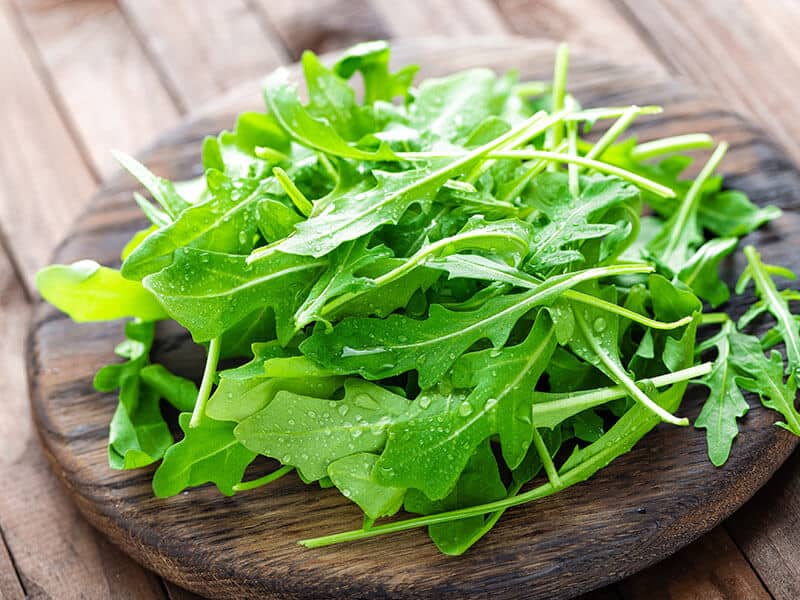
Often referred to as garden rocket, arugula is a leafy vegetable with a tangy, peppery, bitter, and somewhat sharp taste, making it an excellent substitute for radicchio in many salad mixes.
When enjoying fresh arugula, you can easily sense its delicate leaves and crisp stems. However, when cooked, arugula possesses a milder taste with a very faint peppery overtones.
Overall, arugula and its seeds have a great nutritional profile due to the presence of proteins and carbs, as well as various vitamins (A, C, K) and iron components. Arugula is not only a suitable alternative to radicchio but also a very nutritious choice to enhance your dish’s taste.
Speaking of application, it is ideal to combine arugula with lemon juice and olive oil as a side dish for fish recipes. You can use its healthy seeds to create taramira oil for salads and pickling. The most unexpected use is in pizza, where you toss it in at the end of the baking process.
When substituting arugula in recipes calling for radicchio, make sure to follow the 1:1 ratio for the optimal flavor.
2. Belgian Endive
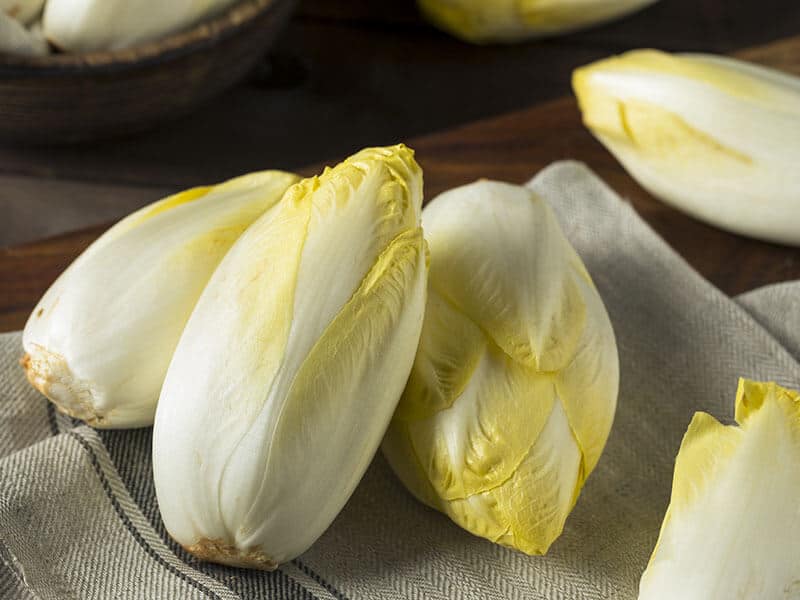
This little cylinder-shaped lettuce head is no stranger to many people as a favorite complement to their green salads. It is six inches in length and has pale yellow leaves that are tightly spaced and gently curved at the edges.
Along with this delicate appearance, Belgian endive has a mildly bitter flavor and a pleasant crunchiness. As the vegetable grows in dark underground areas similar to a mushroom, the Belgian endive is able to retain both its light hue, distinct taste, and texture.
Due to its laborious harvesting process, Belgian endive is costly. Yet, if you have any on hand, it will work nicely as a substitute for radicchio. Thanks to its slightly bitter taste, it lends itself to diverse cooking, so you will have no problem integrating it into radicchio-required dishes.
What I love about Belgian endive is how versatile it is. Besides complementing salads, especially French recipes, it works beautifully as a side dish for poultry and grilled fish. You can even add it to baking or broiling dishes or enjoy it uncooked.
Bear in mind that cooking Belgian endives makes its taste mellow down and its texture become softer. Like other radicchio replacements, employ the same amount of Belgian endives for the chicory.
Despite being costly, Belgian endive has a wide range of culinary applications, including replacing radicchio in required recipes.
3. Curly Endive
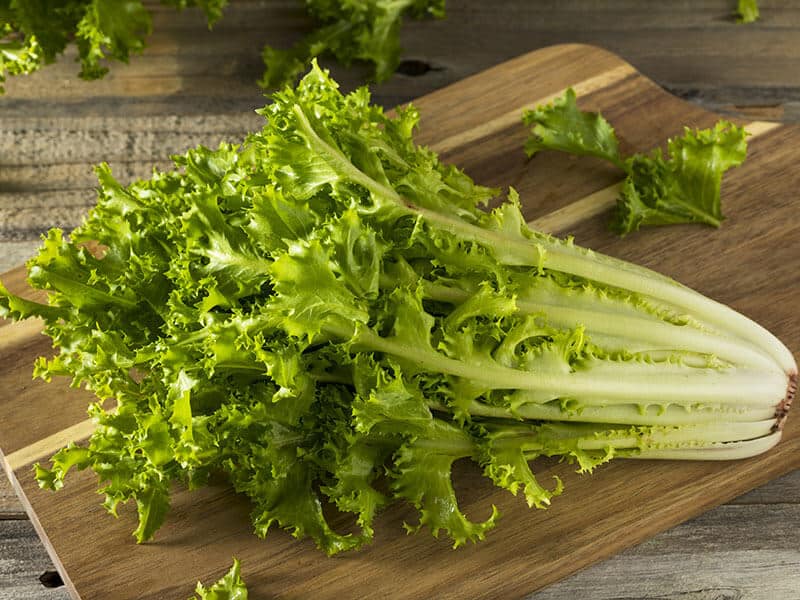
Curly endive is a very close match to radicchio, with an amped-up bitterness mixing harmoniously with a subtle sweetness. Its look resembles a bushy head of deep-green lettuce with frilly edges.If you cook regularly, you will know that curly endive is the current trend.
You recognize it is gaining popularity when people give you advice on how to buy the best curly endive. When purchasing the veggies, look for those with deep-green leaves and a light yellow interior. Also, the stem end should not be brown, and the leaf margins should not be wilted.
Another tip is to watch out for curly endives with dark leaves. The darker the leaves, the more bitter they are. It is why some chefs favor the lighter inner leaves more.
You can rely on this endive cultivar to fulfill the job of radicchio in your favorite recipes. It is mainly suitable for adding to salads uncooked, stir-fried, or sauté. Frisée, one sub-variety of curly endive, is also a potential replacement for radicchio with a tender texture.
It is a good rule of thumb to replace curly endive in the equivalent quantity of radicchio in every recipe, thanks to their similar taste profiles.
4. Escarole
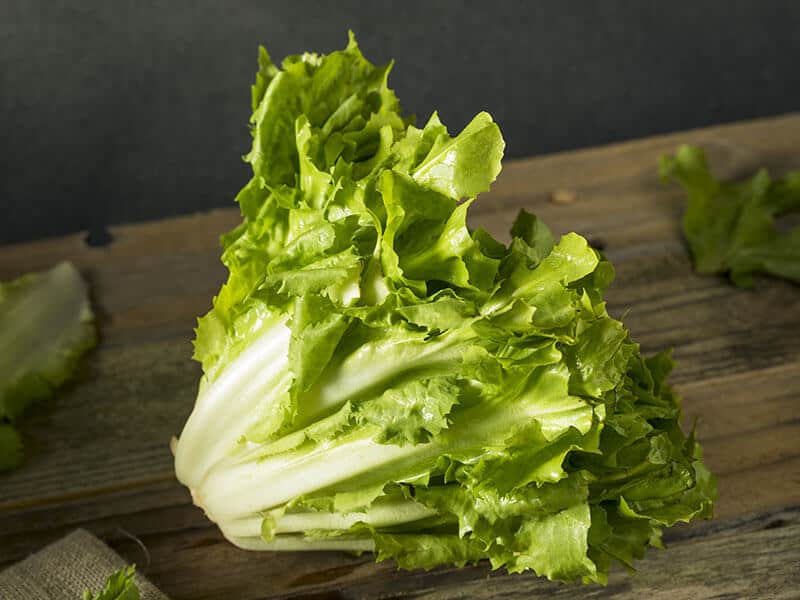
Another radicchio fill-in is escarole – a robust, curled, and ragged romaine with a chewy texture and a slightly bitter flavor distinct to radicchio. If you take a close look at its thick leaves, you can see they are white along the ribs and dark green along the gently frilled margins.
Unlike radicchio, escarole is surprisingly cheap and available all year round. When I discovered this replacement, I was so thrilled because of this. What an ideal plan B it is!
Despite the fact that you can purchase escarole any time of the year, people mainly use it for winter soups and minestrones. You can expand the application to pasta recipes and simple sauté. It also works great with these dishes with a less bitter flavor.
When cooked, escarole retains its amazing crispness. All its leafier portions become thicker and chewier, resembling exactly spinach’s texture. If you want to replace radicchios with escarole in your desired recipes, adhere to the 1:1 ratio to generate the closest flavor match.
Escarole is a cannot-be-better choice to replace radicchio. You can see this video to know more:
5. Mustard Greens
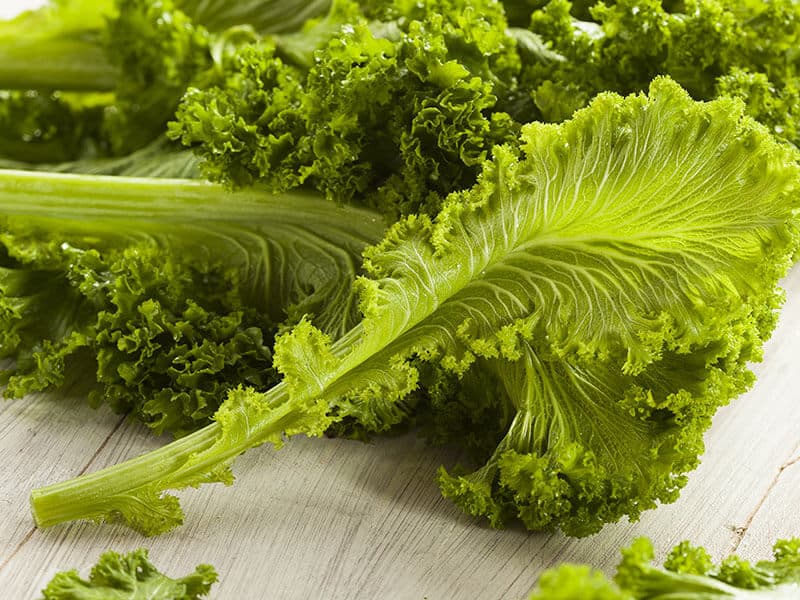
Mustard greens are merely equivalent to arugula in replacing radicchio, thanks to the signature bitter flavor. Its bitterness level is strong, yet not as strong as escarole. Besides this prominent taste, you can sense a mild peppery undertone of mustard greens.
This subtle aroma layer helps complement a plethora of boiling, sautéing, and steaming dishes. Yet, as a replacement for radicchio, mustard greens thicken up Asian cuisines very well. You can mix them with other greens in soups or eat them raw with oil and vinegar.
With the similar bitterness to escarole, you should adopt the same replacement ratio of 1:1 when using mustard greens in lieu of radicchio.
6. Red Cabbage
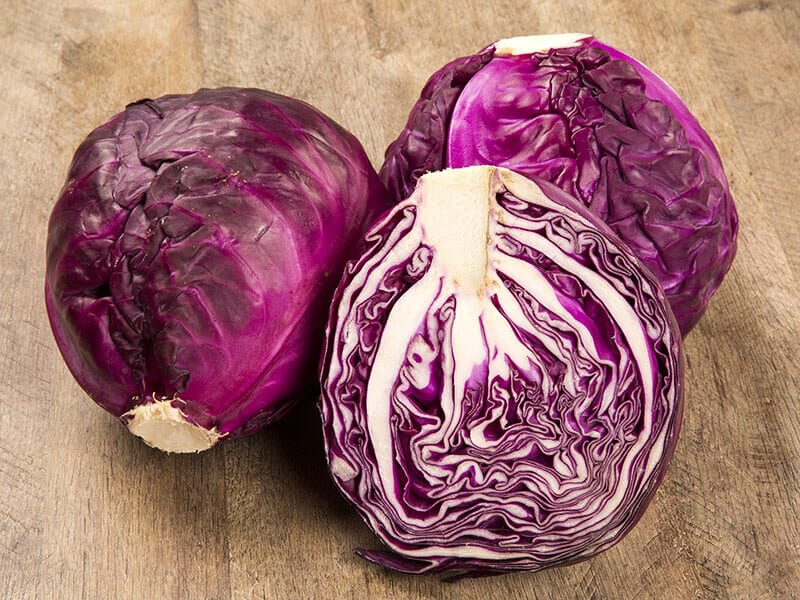
If you need a radicchio alternative specifically for roasting or grilling meals, simply pick a red cabbage. This material is not about rendering the slight bitterness that radicchio imparts to your meals but more about replicating the vibrant red color radicchio delivers.
The two vegetable kinds are easily mistaken at grocery stores due to their incredibly akin appearances. While radicchio has thinner and less waxy leaves, red cabbage possesses thicker and crunchier leaves with a more uniform purple hue.
As I said earlier, the flavor you get from red cabbage might be a bit milder than that of radicchio, making your dishes taste a tiny different. However, unless you are a picky eater, you will be able to accept this difference easily.
I highly recommend utilizing the same amount of red cabbage to replace radicchio in your recipes. This ratio ensures you a closer match to the bitter flavor of radicchio.
7. Red Leaf Lettuce
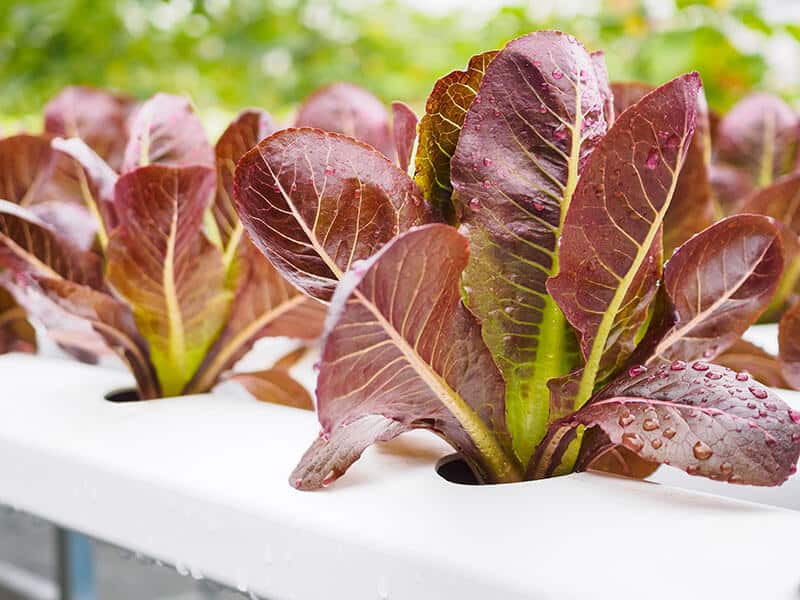
Like red cabbage, red leaf lettuce does a brilliant job in rendering both the vibrant red color of radicchio and the slight sweet, semi-bitter taste. The leafy vegetable belongs to the daisy family, with a similar appearance to romaine lettuce, except for the iconic red or purple-tinged tips.
This crisp vegetable is medium in size and grows in an elongated form with a narrow base fanning out to a broad, curly top. Its delicate leaves branch out in all directions from a central stalk with many curls and frills.
I personally find red leaf lettuce’s taste is quite complicated, featuring an earthy, slightly sweet and bitter taste with faint hazelnut overtones. The more mature the leaves are, the more bitter they taste.
Many people prefer enjoying red leaf lettuce in both raw and cooked forms. Besides eating fresh red leaf lettuce in salads or burgers, you can also braise, boil, or sauté it for use in other recipes. You can add red leaf lettuce freely according to your preferences.
Store leftovers in airtight containers in the refrigerator for later meals. However, make sure to keep lettuce apart from fruits such as bananas, apples, and pears, since these fruits produce a natural gas that causes red leaf lettuce to wilt.
8. Watercress
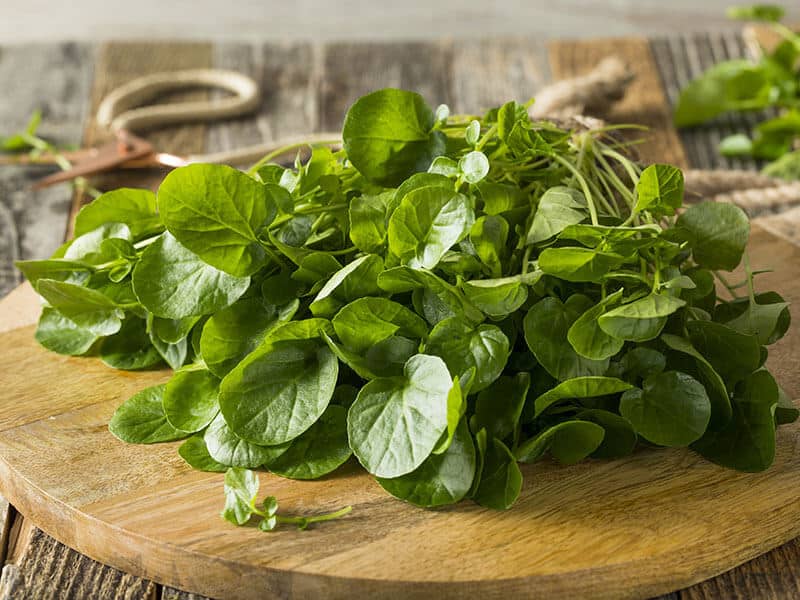
Watercress is an aquatic blooming plant found across Asia and Europe. Like radicchio, watercress has a leafy structure, meaning its tiny, spherical leaves are edible. Yet, not only that but also its stem and fruit are consumable uncooked.
To be honest, people often ignore watercress when it comes to replacing radicchio. It makes no sense at all to me, as this leafy green is nutritionally dense and has a somewhat spicy, peppery taste, just like radicchio. It is so delicious that you won’t feel as if you are eating veggies.
Apart from its not-so-overpowering taste, watercress can enhance the brightness, vibrancy, and spiciness of your meals. It is incredible in soups (particularly when puréed) and salads. Yet, you can also stack it in sandwiches, incorporate it into dips and sauces, or use it as a garnish.
You can confidently apply the 1:1 replacement ratio to watercress. This practice guarantees you an equivalently tasty dish in the absence of radicchio.
9. Dandelion Greens
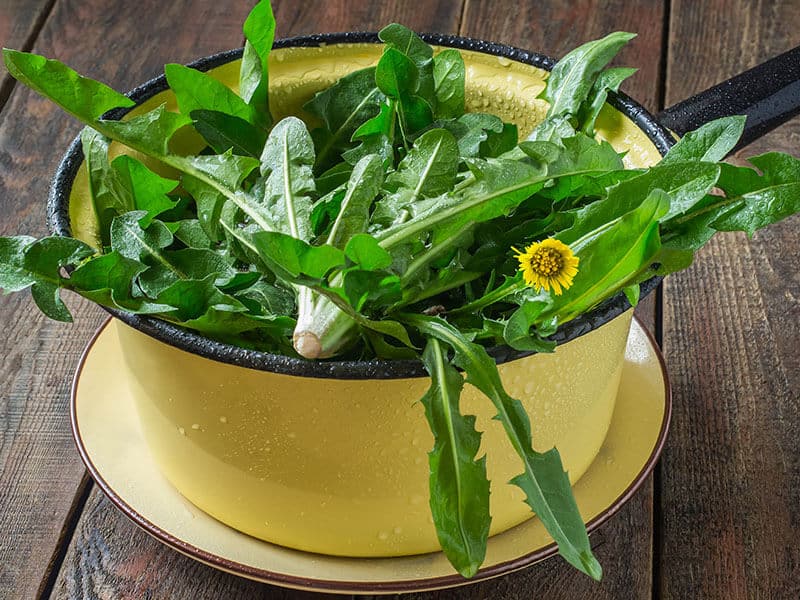
Children love dandelions for one thing: making wishes by blowing off the fluffy white tufts. On the other hand, adults adore dandelions for a far more practical reason: eating, particularly before they bloom, when their leaves are wonderfully delicate.
Although dandelion greens and radicchio share no common texture, they have similar bitter, peppery, and nutty taste with an earthy undertone. The bitterness of dandelion greens is healthy but not very unpleasant. The sooner you harvest dandelion greens, the less bitter they are.
Due to its unattractive bitterness, chefs often mix dandelion greens with dairy items like milk or cheese to mitigate it when replacing radicchio. Also, you can emphasize their earthy backdrop by combining the herb with protein sources such as pork and bacon.
Dandelion greens are widely available at any local grocery store and health food shop. You can even pick them by hand from the backyard, although I do not encourage this practice, particularly if those greens had been sprayed with pesticides.
If your recipe calls for 1 cup of radicchio, just replace it with 1 cup of dandelion greens. Thanks to their equivalent taste profile, the 1:1 ratio is highly effective.
Dandelion greens can replicate the exact taste of radicchio in various dishes. You can see this video to know more:
Frequently Asked Questions About Radicchio And Its Substitutes
Let’s uncover further information about radicchio and its substitutes through the answers to these frequently asked questions. I bet you will find something useful in this section.
Final Remarks For Replacing Radicchio
A sad truth with radicchio substitutes is that whatever you choose, there is always a trade-off between the flavor and appearance of your dish. There is simply no option that can bring you the best of both worlds. That is why radicchio is so unique.
If you value radicchio’s deep reddish-purple appearance more, opt for red cabbage as an alternative. The remaining suggestions of my list are for those who prefer the equivalent taste.
I hope this post proves helpful the next time you find yourself in need of a radicchio replacement. Share your experiences or other suggestions below to everyone to create a better forum.
If you are interested in learning more about great replacements or other categories, I encourage you to visit my other articles. Thanks for reading!
References
- WedMD.com.. Health Benefits of Radicchio.

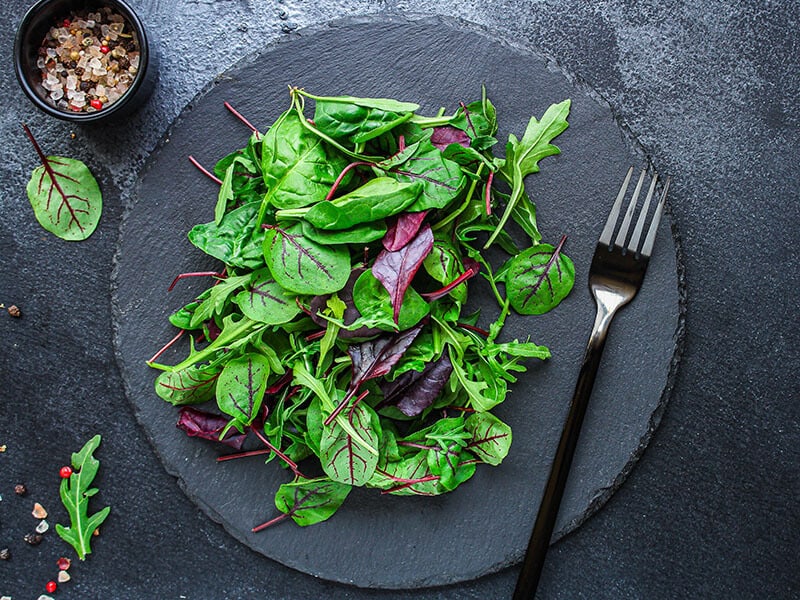
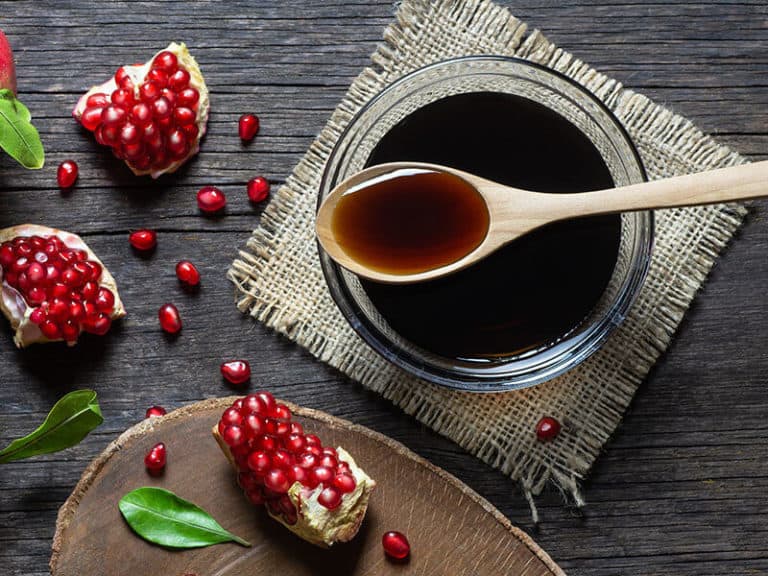
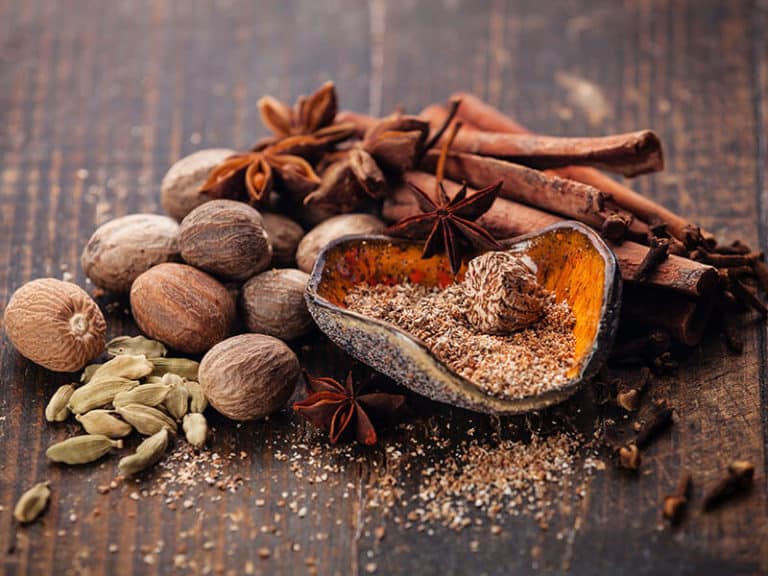
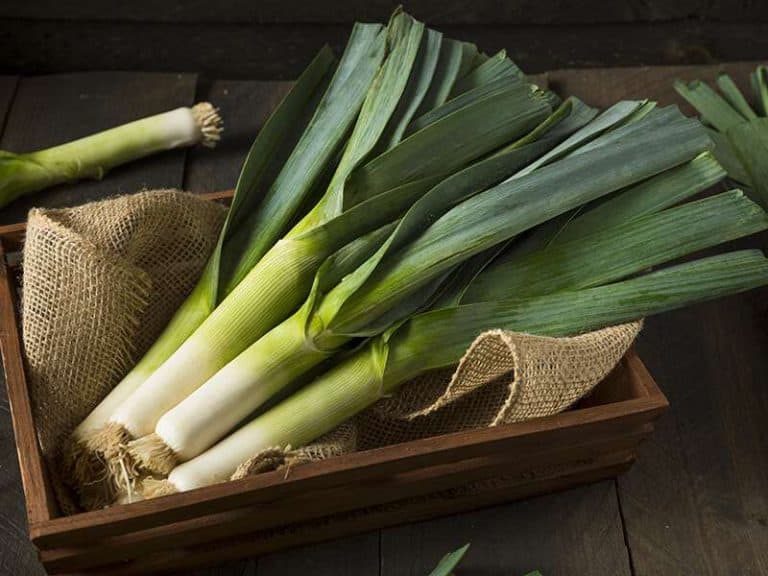


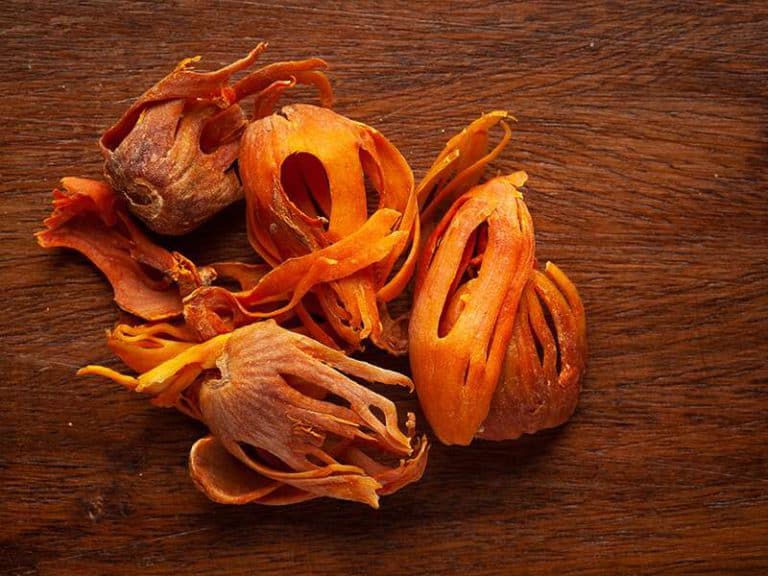
Amanda Collins
Founder and Senior Culinary Editor
Expertise
Culinary Arts and Management, Food Journalism and Critique, Recipe Development and Testing, Global Culinary Traditions, Sustainable Food Practices
Education
Institute of Culinary Education (ICE), New York, NY
Program: Diploma in Culinary Arts
Focus: Intensive hands-on training in culinary techniques, recipe development, and kitchen management, preparing students for professional roles in the culinary industry.
Monroe College, New Rochelle, NY
Program: Associate in Applied Science in Culinary Arts
Focus: Practical culinary skills, including cooking techniques, menu planning, and kitchen operations, with an emphasis on hands-on experience and industry standards.
Amanda Collins is a seasoned chef and food editor with a deep love for global flavors. Trained at the Institute of Culinary Education and Monroe College, and with over 15 years in the culinary field, Amanda has refined her skills in kitchens worldwide. Her background in food studies gives her a unique ability to share both recipes and the cultural stories that shape them.
As senior culinary editor at thebreslin.com, Amanda’s work brings authentic dishes to life, inviting readers to explore new flavors and techniques from around the globe. Her approachable style makes it easy for anyone to bring a bit of the world’s cuisine into their kitchen.